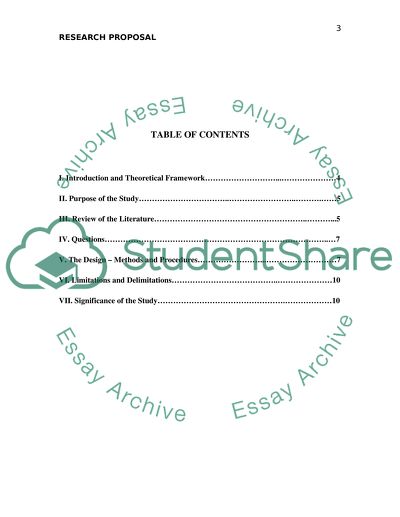Cite this document
(“Researching Media,Communication and Culture Essay”, n.d.)
Retrieved from https://studentshare.org/journalism-communication/1397644-researching-mediacommunication-and-culture
Retrieved from https://studentshare.org/journalism-communication/1397644-researching-mediacommunication-and-culture
(Researching Media,Communication and Culture Essay)
https://studentshare.org/journalism-communication/1397644-researching-mediacommunication-and-culture.
https://studentshare.org/journalism-communication/1397644-researching-mediacommunication-and-culture.
“Researching Media,Communication and Culture Essay”, n.d. https://studentshare.org/journalism-communication/1397644-researching-mediacommunication-and-culture.


